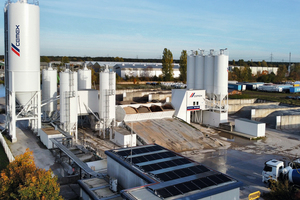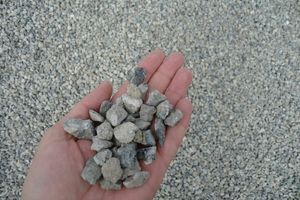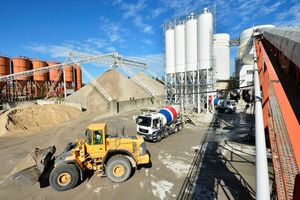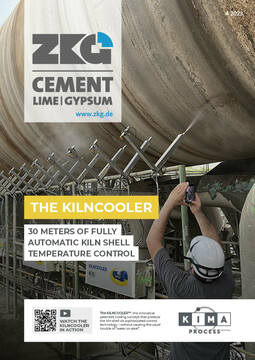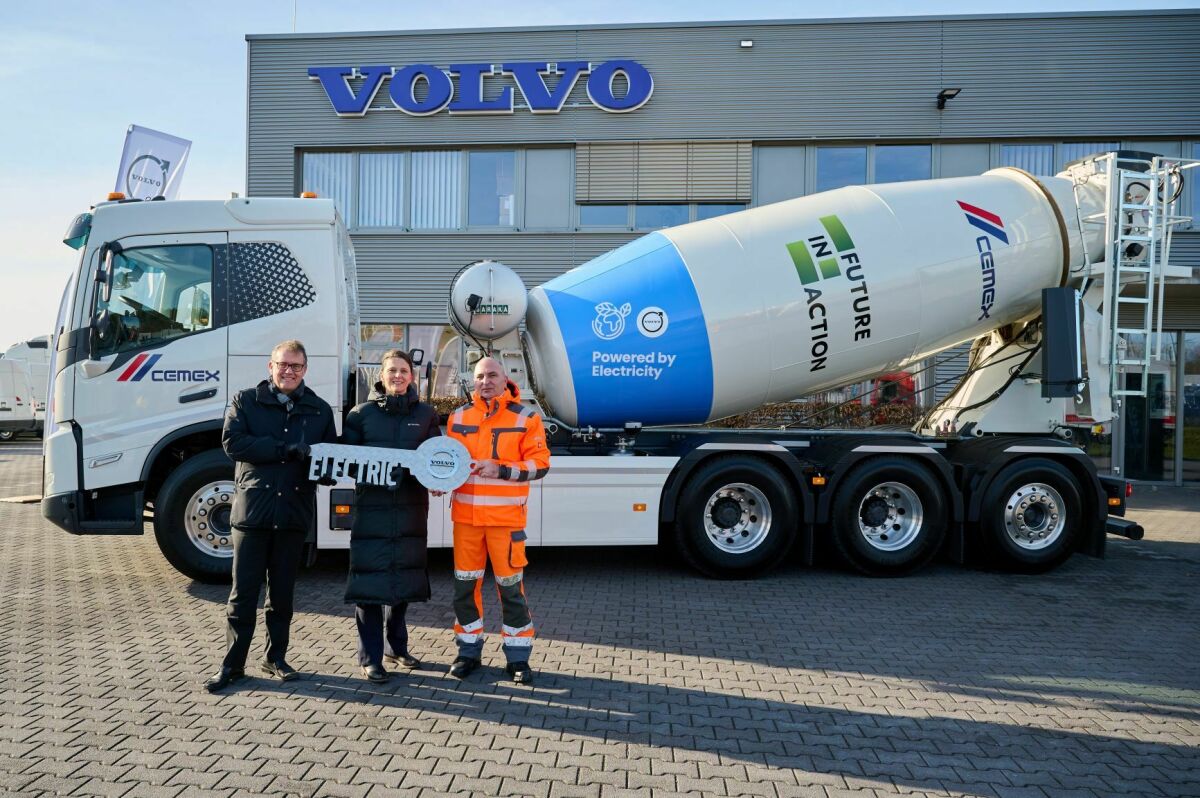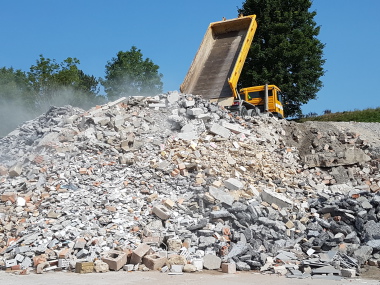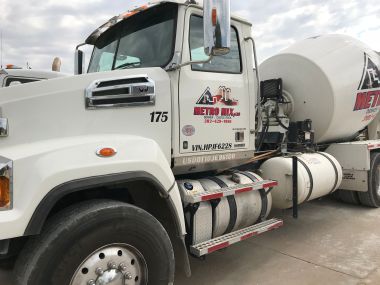Cemex strengthens Vertua® offering with concrete using recycled aggregates
Cemex Deutschland AG has already converted eight of its 14 ready-mix concrete plants in the Berlin-Brandenburg region to offer concrete with recycled aggregate: The Spandau, Hohenschönhausen, Kreuzberg, Bernau, Finowfurt, Velten, Schönefeld and Grünheide plants are technically capable of producing and supplying concretes that incorporate recycled aggregates. The experts at Cemex will be pleased to advise interested parties on the possible applications and explain the technical details.
These more sustainable concretes contain aggregate from professionally processed mineral construction waste, essentially concrete fragments that have been brought to the required particle sizes in crushers and impact mills – concrete is basically a material that can be recycled again and again. Concretes with recycled aggregate are subject to the same requirements as conventional ready-mix concretes and have identical fresh and hardened concrete properties.
By expanding its range to include concretes with recycled aggregates, the building materials company is adapting its product mix to customer needs and strengthening the circular economy: thanks to their recycled constituents, these concretes make an active contribution to conserving natural resources.
The concretes with recycled aggregates for the Berlin metropolitan market are part of the Vertua® product family, Cemex’s global brand for products with sustainable attributes. It includes ready-mix concretes, cements, aggregates, and admixtures. In addition, Cemex launched the Regenera brand in early 2023, which focuses on circular economy solutions. With Regenera, the company offers a wide range of tailored services, such as the reception, handling, recycling and reuse of mineral construction waste.
All on-site measures are part of Cemex’s global sustainability and decarbonization strategy “Future in Action”. One of the six pillars of Future in Action is the circular economy. The strategy aims to decisively reduce not only emissions from the production process, but also emissions along the entire product life cycle and value chain in order to be a net zero CO2 company by 2050.

